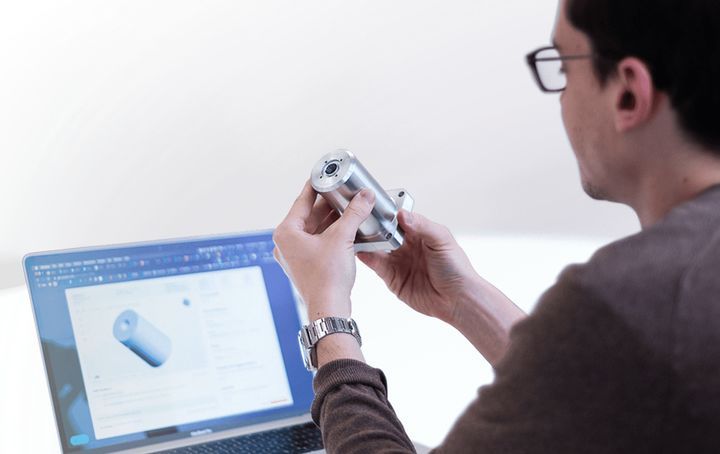
Recently I spoke with Xometry’s Aaron Lichtig to find out how the company is faring during the crisis.
Xometry Manufacturing Network
Xometry is a manufacturing network, where they centrally route requests for incoming manufacturing jobs to a large and growing network of participating manufacturers who get the job done. There are a couple of these manufacturing networks currently operating, but Xometry is one of the largest.
How large? According to Lichtig, Xometry now has over 4,000 manufacturing partners, including 3,000 located in the USA. As for clients, Lichtig explains they have “all kinds of clients.”
COVID-19 3D Printing Activity
I asked Lichtig how Xometry is doing during the crisis that has affected so many businesses worldwide. He explained they recently surveyed their manufacturing partners and clients and found out several very interesting things.
He says around 80% “have been affected by the virus”, but almost all are still operating. However, they’re mostly doing essential work, and “doing their best to help”. Some industries are seeing upticks in activity, while others are down.
Lichtig says many of the work requests passing through Xometry these days are related to healthcare, and in fact some of their clients have abruptly shifted their focus to healthcare from their original line of products. I’ve seen this pattern myself in other areas.
Apparently Xometry’s network is producing a great deal of face shields to be used as personal protective equipment (PPE) by healthcare and other professionals, but there is a “wide range of PPE and other medical components” being produced. This includes respirators, temperature measuring devices and much more.
Manufacturing Network Futures
Lichtig believes that the crisis has demonstrated the value of a manufacturing network over risky single-source producers. These single-point-of-failure manufacturers might have been less expensive, but that leaves no options if they’re unavailable. This has been a major issue for businesses and healthcare operations lately. Lichtig describes them as “hyper efficient, but not flexible.”
A manufacturing network, on the other hand, is an “agile, flexible and self-healing network”, explained Lichtig.
How flexible? Lichtig explained that the current state of affairs is much like a hurricane scenario, except much larger: manufacturing continues by being re-routed to still-functional manufacturing partners. “Work moves around to where it’s needed and available,” he said.
Xometry is still seeking new partners (and clients) during the crisis, according to Lichtig.
Using a Manufacturing Network
Lichtig says he believes more companies are now seriously looking at the use of 3D printing as a result of the crisis, as there are now many stories of 3D printing being able to rapidly react to the crisis, far faster than traditional making technologies.
However, to do so for some businesses means a transition from injection molding to 3D printing. This is often a daunting proposition, particularly for SMEs who may not have the expertise on site. For them, using a manufacturing network is ideal, says Lichtig, because their manufacturing partners have the expertise and it allows the client to avoid buying new equipment or committing to expensive leases, even for 100Ks of parts.
Lichtig says Xometry continues to improve their services, now offering quoting directly from SOLIDWORKS 2020 files, an ability to modify and re-do previous quotes, availability of design services and a growing list of materials.
Via Xometry
